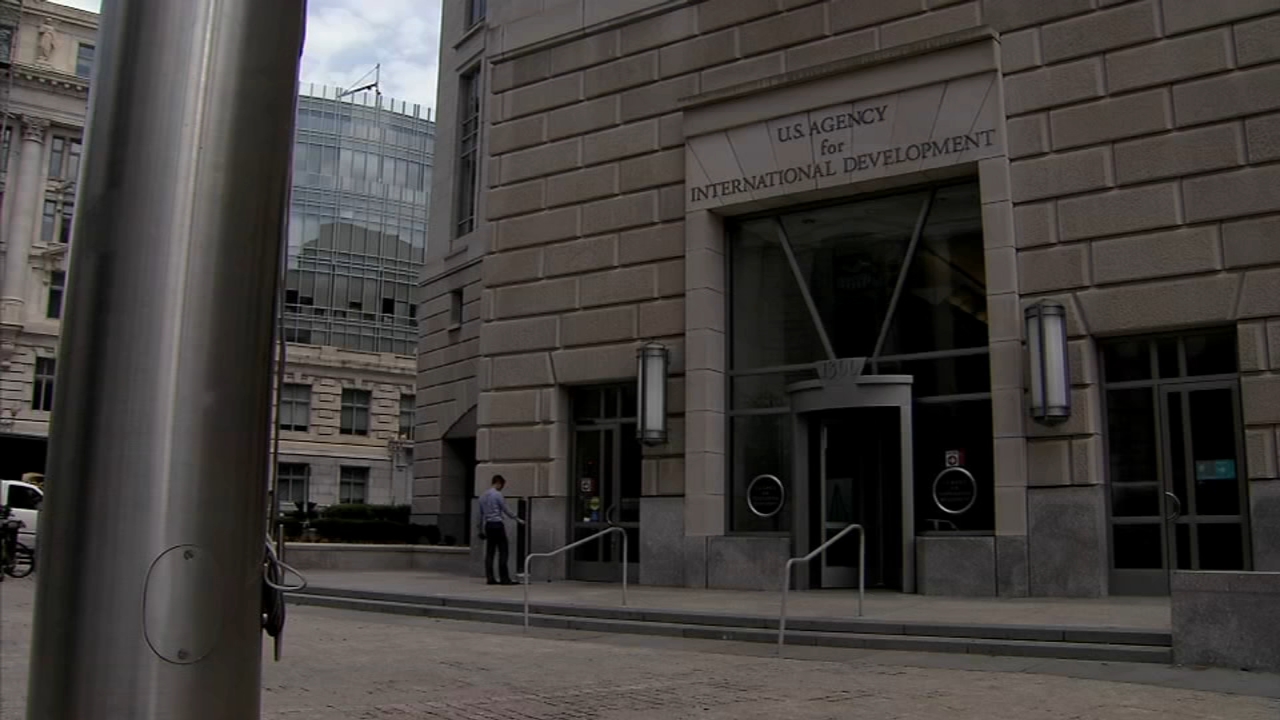Earthquake 'cluster': 2 offshore temblors measuring 4.3 magnitude strike near San Clemente Island

AVALON, Calif. (KABC) -- Four earthquakes struck hours apart off the coast of Southern California on Wednesday morning, nearly 9 miles south-southwest of San Clemente Island, the U.S. Geological Survey said.
The first two quakes were magnitudes 4.3, the third a 3.0 and the fourth a 3.3.
The first quake hit at approximately 3:47 a.m., 37 miles from Avalon at a depth of 4.35 miles. The second temblor occurred at 7:32 a.m. near the same location and at a similar depth; its measured magnitude was later downgraded from 4.4 to 4.3.
The epicenters were 64 miles from Dana Point, 64 miles from Newport Beach and 64 miles from Rancho Palos Verdes, according to the USGS.

There were no immediate reports of damage.
A USGS map showed that more than 1,100 people reported feeling the temblors from Simi Valley to San Diego.
Dr. Lucy Jones described the seismic incidents as a "quake cluster" that released tens of times more energy than the hundreds of smaller recent earthquakes in Glen Avon.
She said the clusters are independent of each other and not at all unusual for Southern California.
Not only are the clusters typical, they also cannot trigger a larger quake in another part of SoCal, much less "the big one," which would likely come from the San Andreas Fault, Jones said.
"Now, when we finally do have a 'big one' on the San Andreas, the 7.8, that fault is going to be 200 miles long and we'll be seeing triggered earthquakes out across the state of California, but you have to have the big earthquake first to make the ability to trigger far away," she added.
So why is the USGS recording so many more quakes than in years past?
"We've added a lot of stations to do earthquake early warning, so we're recording some magnitude 1's or even some .05, and as you go smaller, you get a lot more earthquakes, so, yes, there's a lot of earthquakes," she said. "It's not any different than it ever was, it's because we have a lot more stations."






